
Lighthouse Route
Overview
Print Page
Route - 1049 km / 652 mi
| Day | Location | Distance | Duration |
|---|---|---|---|
| 01 | Halifax to Chester | 138 km / 86 mi | Approx. 2 hours 7 minutes |
| 02 | -- | ||
| 03 | Chester to Bridgewater (via Lunenburg) | 55 km / 34 mi | Approx. 1 hour |
| 04 | Bridgewater to Liverpool | 75 km / 47 mi | Approx. 1 hour |
| 05 | Liverpool to Shelburne | 156 km / 97 mi | Approx. 2 hours 10 minutes |
| 06 | Shelburne to Yarmouth | 156 km / 97 mi | Approx. 2 hours 10 minutes |
| 07 | -- | ||
| 08 | Yarmouth to Digby | 145 km / 90 mi | Approx. 2 hours 10 minutes |
| 09 | -- | ||
| 10 | Digby to Annapolis Royal | 64 km / 40 mi | Approx. 30 minutes |
| 11 | Annapolis Royal to Wolfville | 158 km / 98 mi | Approx. 2 hours |
| 12 | Wolfville to Halifax | 102 km / 63 mi | Approx. 1 hour 20 minutes |
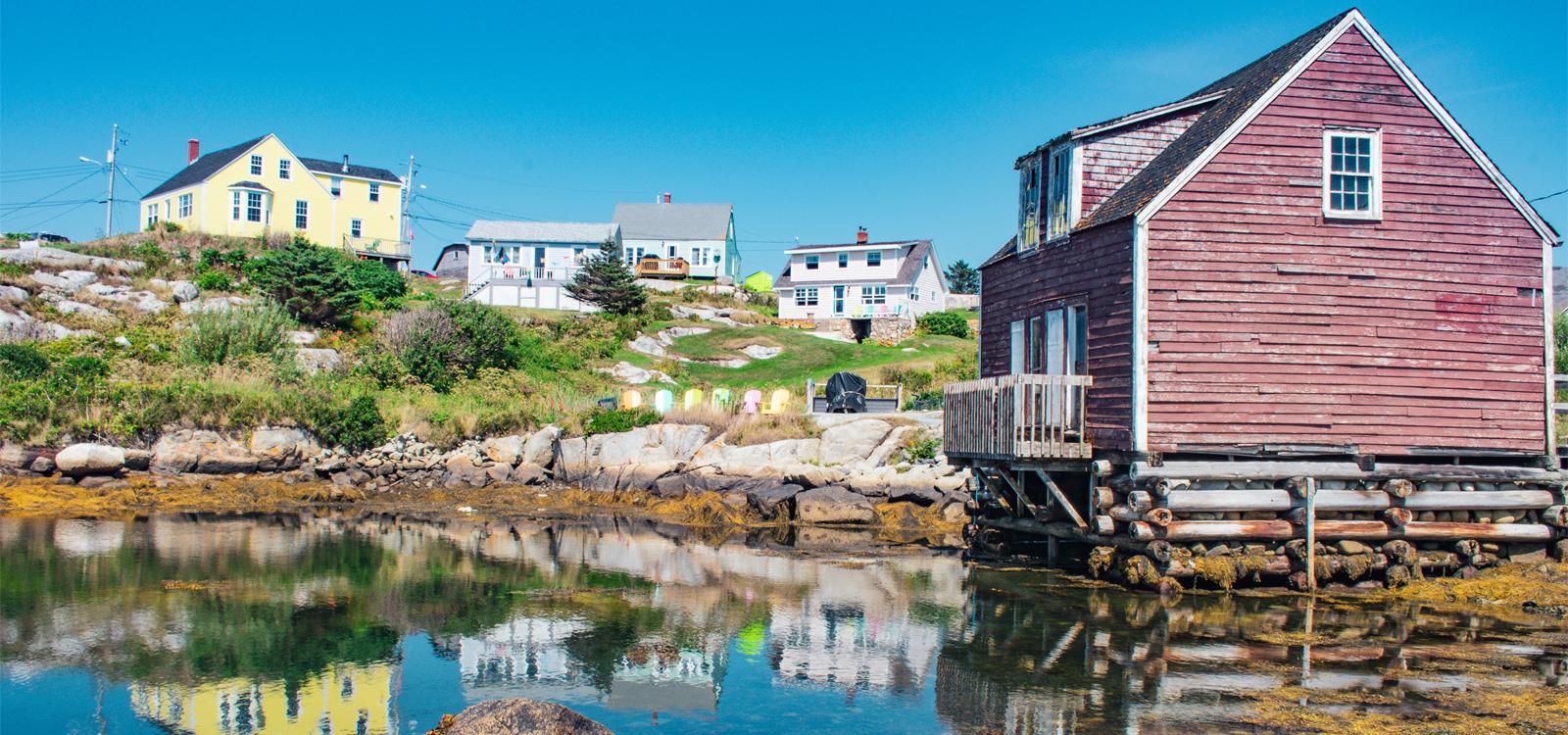
Halifax to Chester
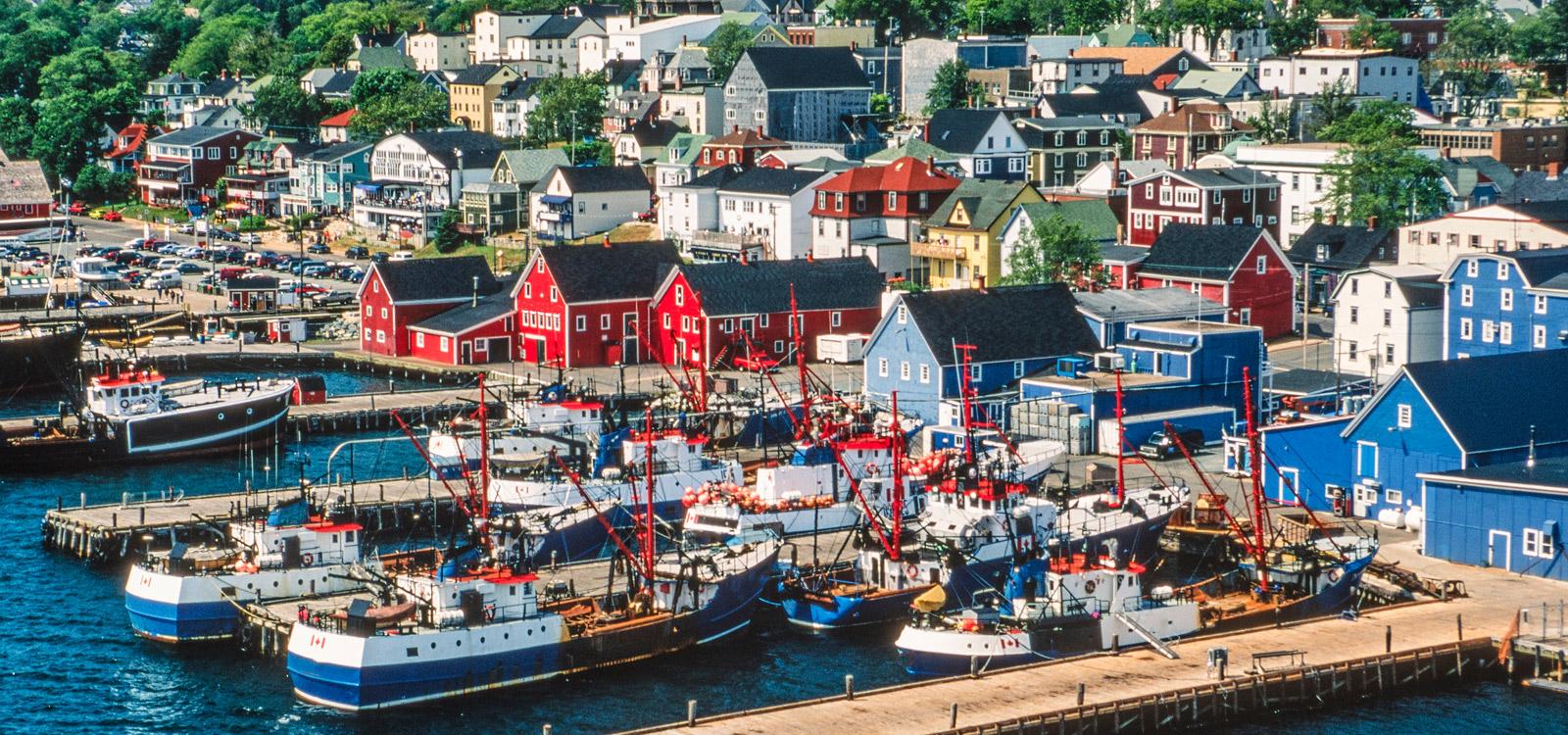
Chester to Bridgewater (via Lunenburg)
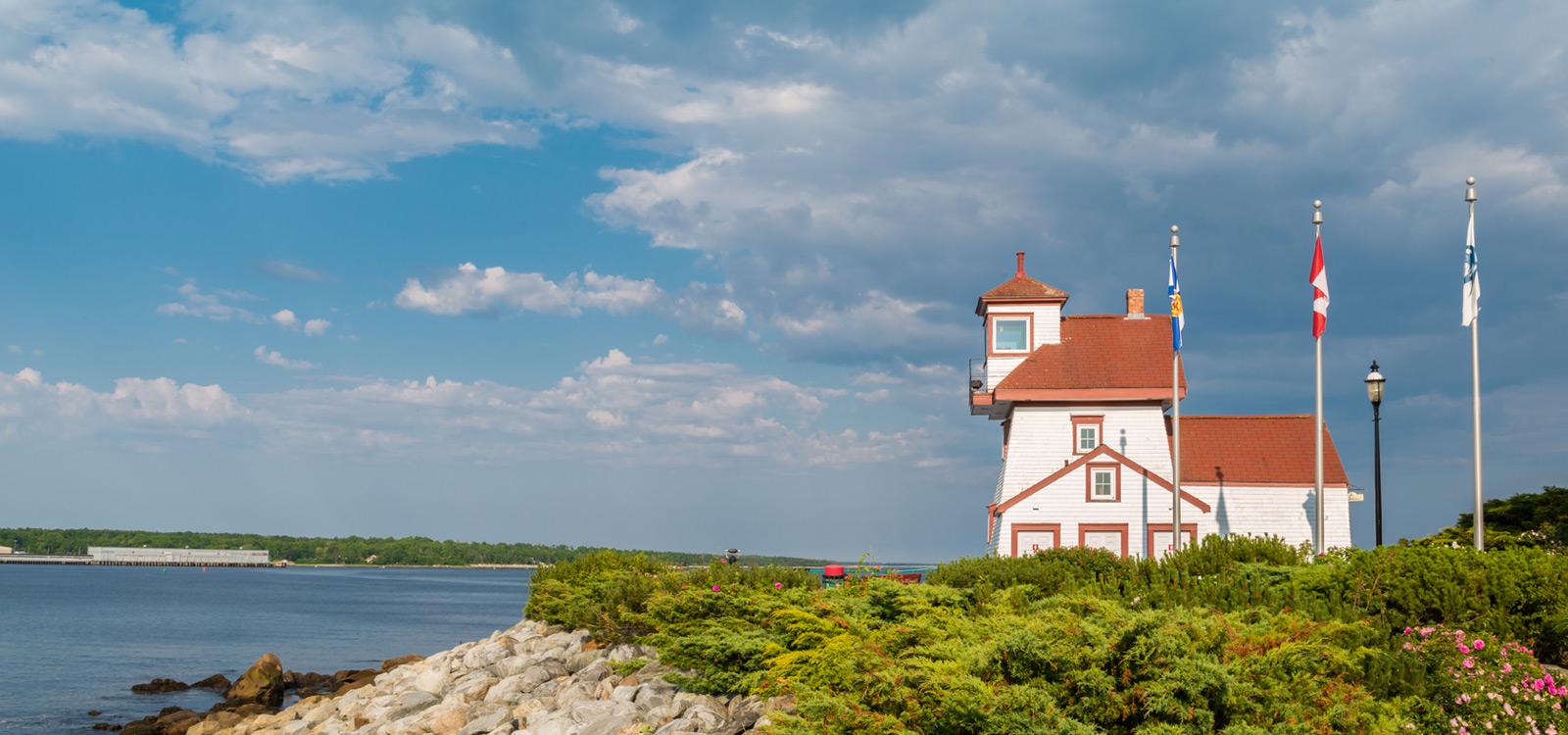
Bridgewater to Liverpool
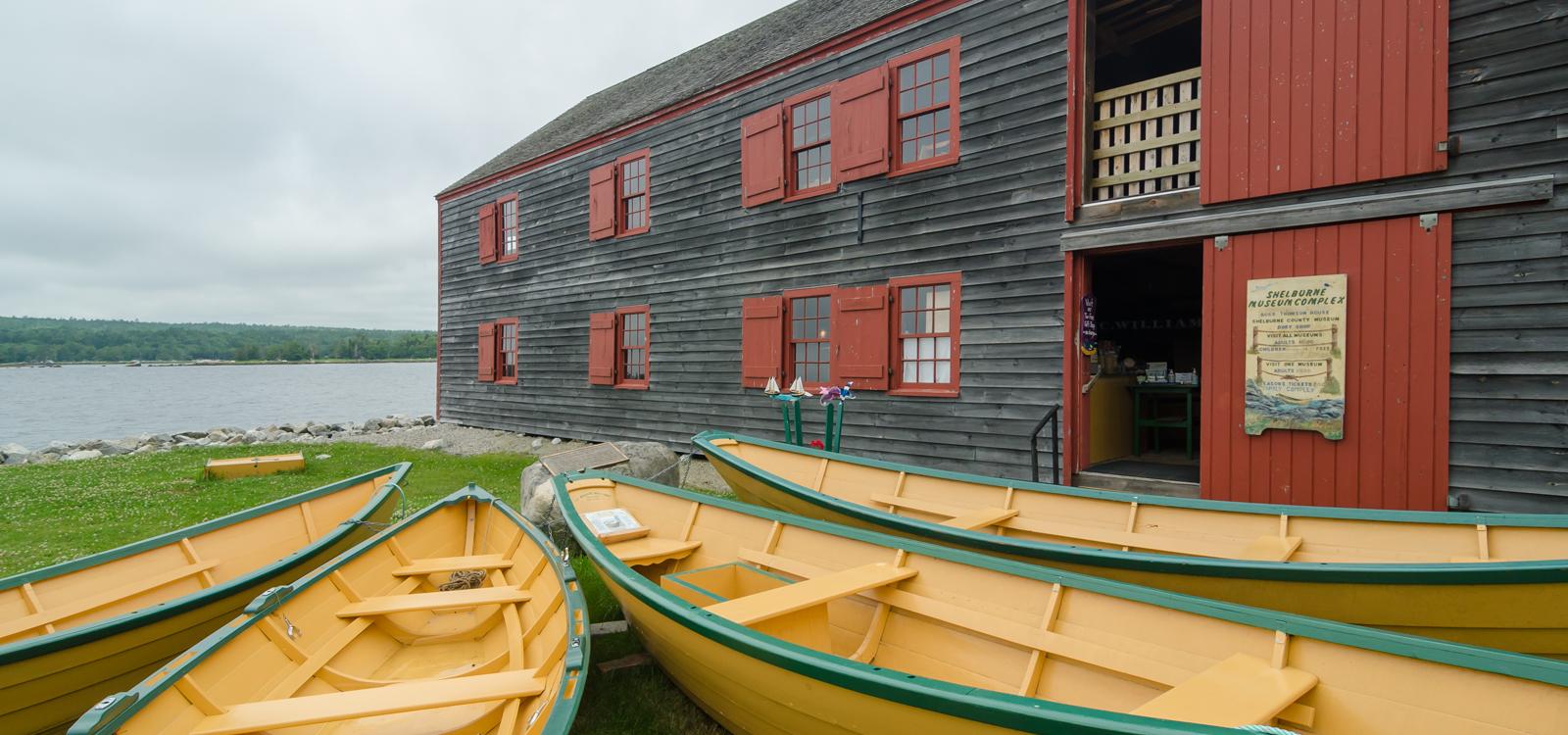
Liverpool to Shelburne
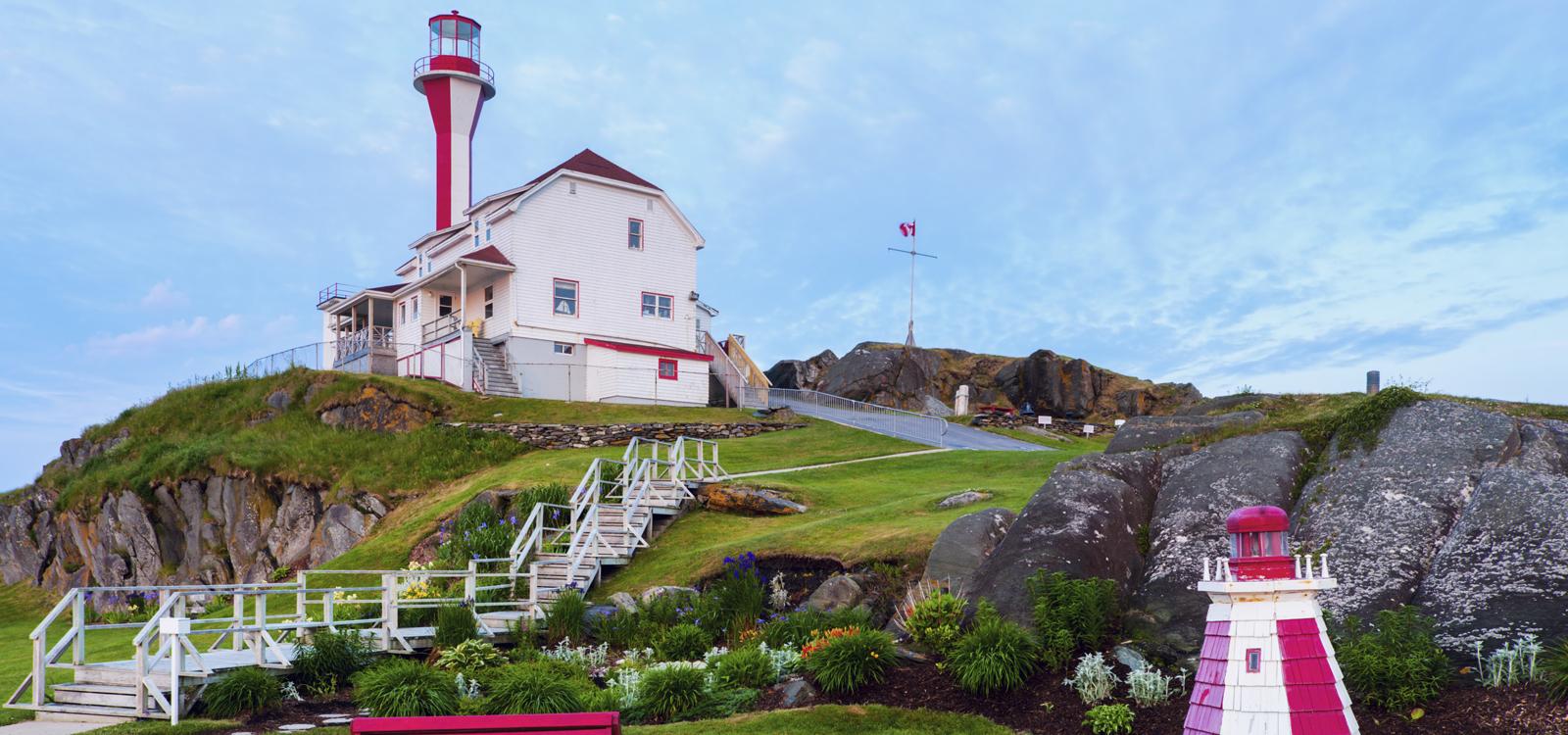
Shelburne to Yarmouth
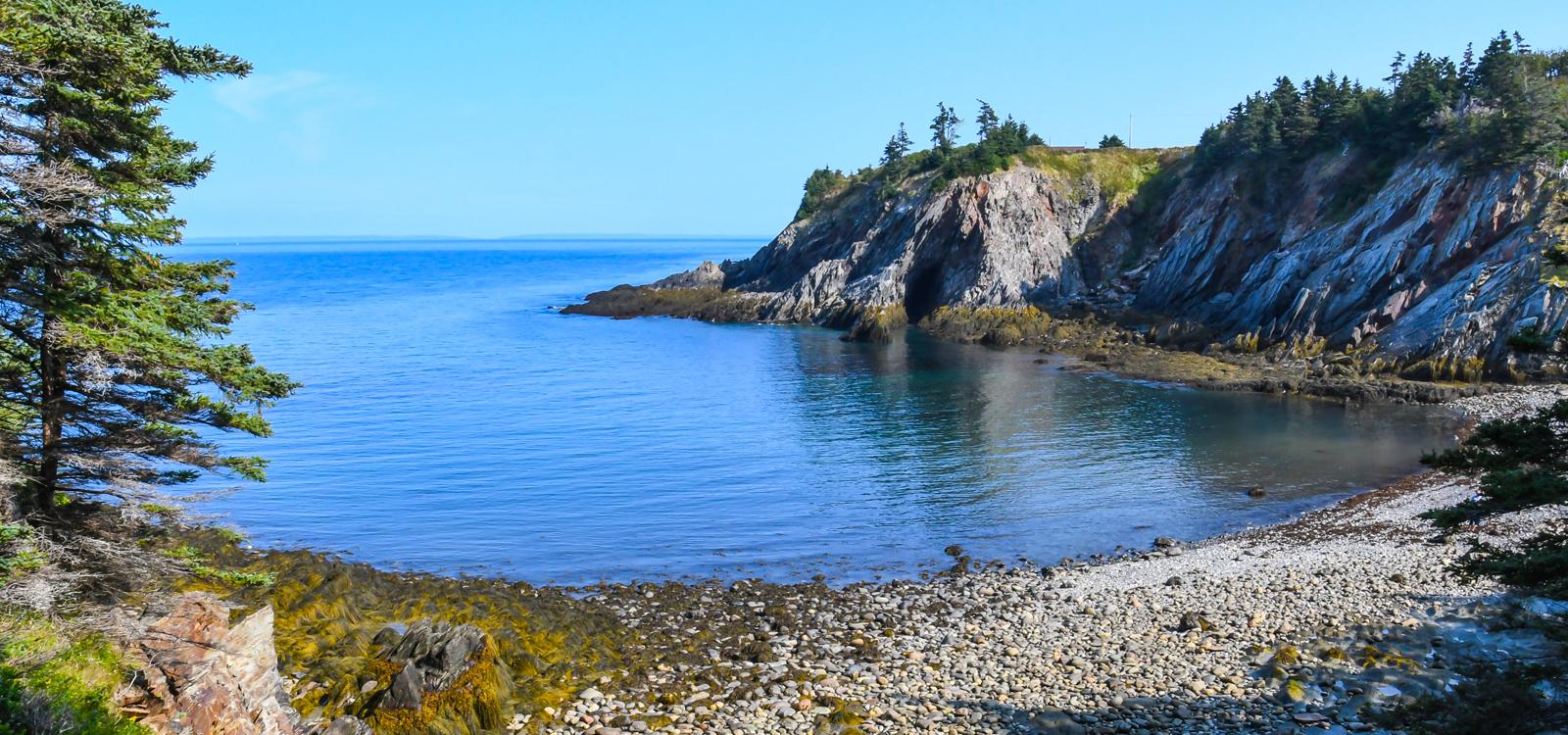
Yarmouth to Digby
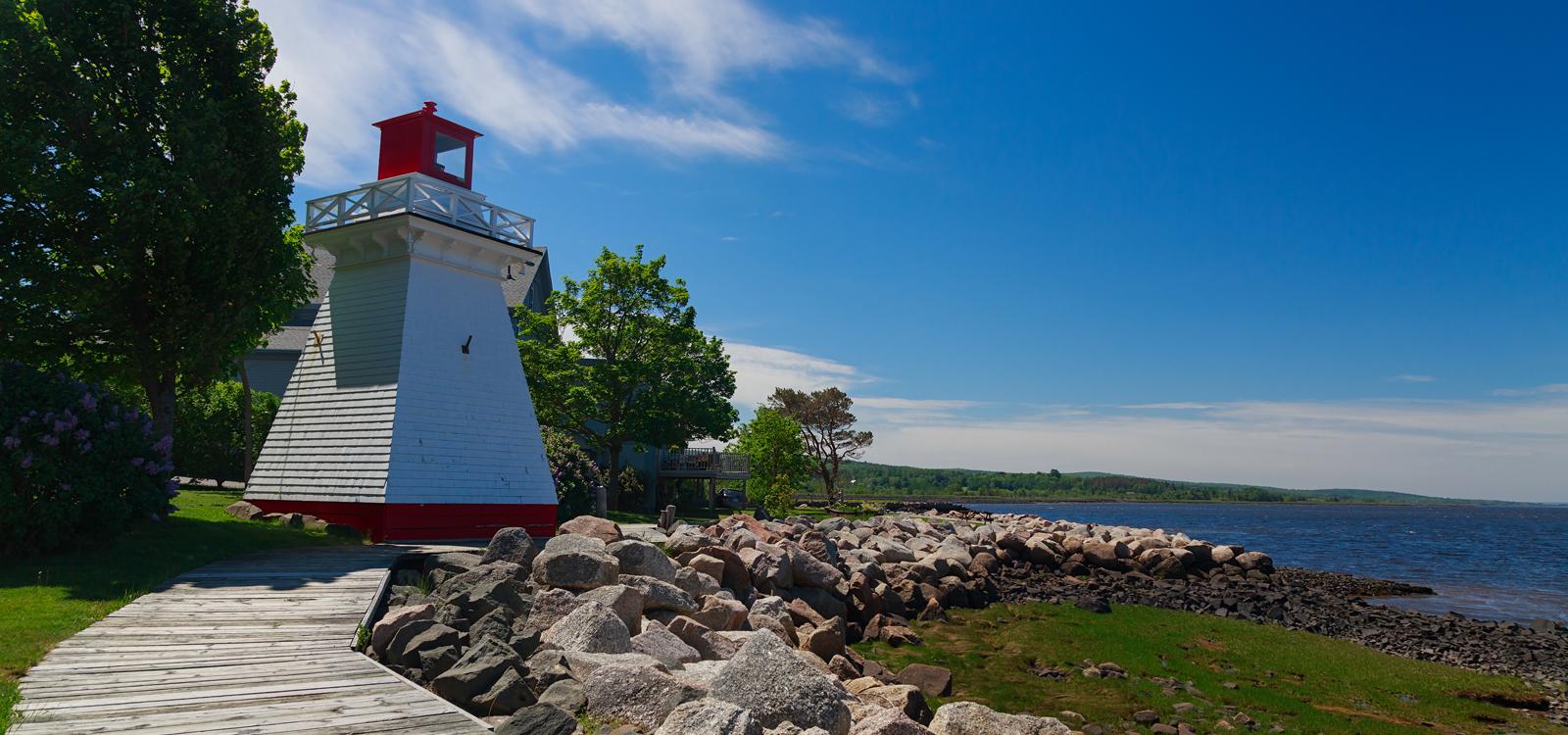
Digby to Annapolis Royal
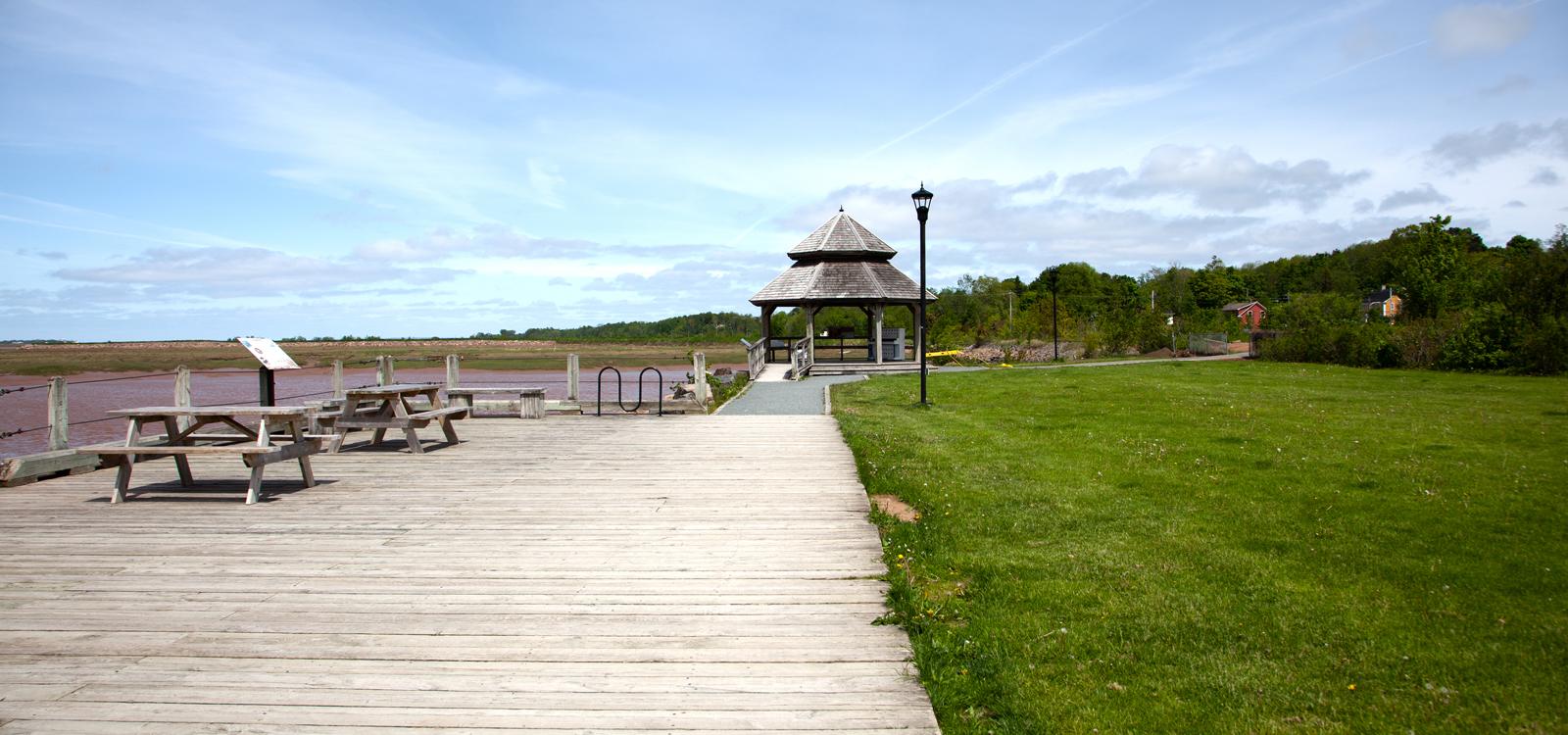
Annapolis Royal to Wolfville

Wolfville to Halifax
Trip Details
Your first leg of the journey will take you southwest along Highway 333 to Whites Lake, en route to the timeless magic of Peggy's Cove. Continuing along Route 3, and just before Upper Tantallon, you will reach Lewis Lake Provincial Park. Hubbards, a full-service community at the head of St. Margaret's Bay, has been a tourism destination since the mid-1800s.
Before you reach East River, the Lighthouse Route follows the ruggedly beautiful coastline of the Aspotogan Peninsula through small coastal villages such as Blandford, Bayswater and Northwest Cove. The Lighthouse Route continues to Chester, an historic sea-side village noted for sailing, golf, stately homes, studio galleries, and relaxed lifestyle.
Chester is also the starting point for an adventure to one of Nova Scotia's hidden treasures, the Tancook Islands at the mouth of Mahone Bay. An 8 km (5 mi) passenger ferry service runs from Chester to Big Tancook and Little Tancook islands.
Today’s colour and coastal beauty won’t disappoint. The Lighthouse Route continues through Western Shore to Martin's River, where an attractive shoreline park offers superb views of the bay and its islands. From here the Lighthouse Route continues on Route 3 to Mahone Bay. The view will make you want to stop, park your car and stroll along the waterfront. The narrow streets are lined with a unique collection of studios and galleries of some of Canada's finest artists and craftspeople, specialty and general-needs shops, a pub, restaurants and cafes, and a visitor information centre.
The Lighthouse Route continues along the picturesque coastline to enter Lunenburg, one of Nova Scotia's most historic and beautiful towns. Lunenburg's colourful waterfront, narrow streets and captivating architecture radiate the flavour of the town's seafaring heritage.
Continue on the Lighthouse Route to Bridgewater, a thriving town straddling the LaHave River. Known as the "Main Street of the South Shore", Bridgewater offers visitors numerous services and conveniences including restaurants, accommodations, a bustling mall, banks, hospital, museums, recreational facilities, and a visitor information centre.
There's only a short distance to cover today so we suggest you spend time in Bridgewater before heading out. The DesBrisay Museum, situated on 10 hectares (25 acres) of parkland, features displays of Lunenburg County's history. The Wile Carding Mill, built in 1860, is a provincial museum with the original carding machines on display. The Halifax & Southwestern Railway Museum preserves the rich and colourful history of the railway on the South Shore. The South Shore Exhibition and International Ox Pull is held in Bridgewater annually near the end of July.
The Lighthouse Route continues on Route 331. Before you enter LaHave, turn right to go to the Fort Point Museum, a former lighthouse keeper's house and site of the Fort Sainte-Marie-de-Grace National Historic Site.
In Port Medway, the attractions include the Port Medway Lighthouse Park, the Old Meeting House Museum, and the Medway Head Lighthouse. Mill Village is a picturesque community nestled at the mouth of the Medway, one of Nova Scotia's finest whitewater rivers for canoeing and kayaking. Continue along this scenic coastal loop to Beach Meadows. The next stop before reaching Liverpool is Brooklyn.
Further along, the Lighthouse Route enters historic Liverpool, the privateering capital of North America. Located at the mouth of the beautiful Mersey River, Liverpool features a delightful array of attractions, waterfront trails, art galleries and gift shops.
This day starts with three possible off-route explorations – either visiting the village of Port Mouton to visit the white sandy beaches, Port Joli to explore the sand dunes and coastal forest or Port L’Hebert to hike the scenic trails of Thomas Raddall Provincial Park. You can’t go wrong exploring these hidden Nova Scotian gems.
After, you’ll continue along the Lighthouse Route, entering Lockeport, which is also renowned for its fine white sand beaches. Returning to the Lighthouse Route, your next stop is Shelburne, a town whose rich history and picturesque charm has captured the hearts of many.
The Lighthouse Route skirts the eastern shore of Barrington Bay. If you're ready to stretch your legs, Sand Hills Beach Provincial Park offers a beautiful natural setting with two curved beaches, one leading to the other.
Your next stop is Barrington, an attractive village with several historic attractions. The Lighthouse Route continues to the busy service centre of Barrington Passage, where it turns left on Route 330 to Cape Sable Island. Continuing back on the route, in Shag Harbour you can climb the tower in the Chapel Hill Museum for a panoramic view of the sea and outlying islands.
Off Route 3 to the left, Route 335 leads to the French speaking communities of West Pubnico, Middle West Pubnico and Lower West Pubnico. At Roberts Island, a 1.5 km (1 mi) interpretive trail leads through the Goose Creek Marsh wetlands management area. The Lighthouse Route follows the picturesque shore to Tusket.
Off Route 334, remnants of Acadian dykes can be found at Pinkney's Point, a thriving small Acadian fishing community on a peninsula. In Wedgeport, the Butte-de-la-Croix is an historic site commemorating the first mass held here in 1769 for the returning Acadians.
The Lighthouse Route ends, appropriately, at one of Nova Scotia's most dramatic and historically significant lighthouses. The Yarmouth Light stands on the rocky point of Cape Forchu, named by Samuel de Champlain in 1604.
The Lighthouse Route becomes the Evangeline Trail as you leave Yarmouth going north. A few kilometres beyond Yarmouth is the tiny picturesque fishing village of Sandford, whose scenic harbour is spanned by the world's smallest wooden lift-bridge. Beyond this, the Port Maitland Beach Provincial Park has a picnic area by a lovely beach.
Enjoy your drive along Route 1, which passes through twelve picturesque French-speaking villages between Beaver River and St. Bernard. One of the region's most popular sand beaches can be found by taking a turn off Route I in Mavillette to Mavillette Beach Provincial Park.
In the village of St. Alphonse, I'Eglise St. Alphonse is one of the most charming of the Acadian churches along this shore. Further along the Evangeline Trail, Smugglers Cove Provincial Park affords a splendid place for a picnic lunch, with inspiring views of the coastal cliffs and St. Mary's Bay.
The village of Grosses Coques is named for the large clams found there, which are said to be the largest on the eastern seaboard. At St. Bernard, an awe-inspiring granite church, which seats 1,000, was constructed between 1910 and 1942 by local residents.
Weymouth, settled in 1783 by United Empire Loyalists, is a quiet town on the Sissiboo River with its roots in lumbering. At Gilbert Cove, there is a restored lighthouse which provides picnic facilities and excellent views of the bay in every direction.
You arrive in Digby, home port of one of North America's largest scallop fleets, harvesters of the world-famous Digby scallop. Long and Brier Islands, off the end of Digby Neck, are reached by short ferry crossings and worth a visit. If you're heading down the Neck, be sure to stop in Tiverton to walk the 2.5km trail to Balancing Rock - the most-photographed of Long Island's basalt formations.
CanaDream Club Partners:
Continuing on Route 1 today, make Smith's Cove your first stop on your way to Annapolis Royal. The Evangeline Trail also passes through Cornwallis, where the military museum is worth a visit. Just off the Evangeline Trail at Clementsport, the old church of St. Edward, consecrated in 1797, is now a museum. Visitors with children may want to stop and enjoy Upper Clements Park in Upper Clements, where they'll find fun for kids of all ages.
Your next stop is Annapolis Royal, which offers a captivating blend of heritage and charm that has made it a favourite stopping place along the Evangeline Trail. The town contains over 150 heritage buildings, including the oldest wooden house in Canada, the deGannes-Cosby House, built in 1708. Two other houses of great historic value in the town are the Adams-Ritchie House (1712), and the Runciman House (1817).
Fort Anne National Historic Site overlooks the mouths of the Annapolis and Allain rivers. The fort features well-preserved earthwork fortifications, a museum in the officers' quarters and a gunpowder magazine.
After visiting Fort Anne, take time for a walk along lower St. George Street, the oldest town street in Canada.
CanaDream Club Partners:
Along this stretch of the Annapolis Valley, Route 1, the Evangeline Trail, follows the north side of the river while Route 201 follows the south side. If you’re looking for a side-excursion, consider going to Port Royal and then taking a short drive to Delap’s Cove where excellent hiking trails lead along the rocky splendour of the Bay of Fundy shore to a lovely 13 m (43 ft) waterfall.
Back on the Evangeline Trail, continue to Bridgetown, a charming small-town with colourful shops, accommodations and numerous services. From the centre of Bridgetown, a road to the north off Route 1 leads across North Mountain to the Bay of Fundy, 10 km (6 mi) away. Valleyview Provincial Park, situated on the brow of North Mountain, offers picnic and camping facilities and provides a panoramic view of the valley. The Evangeline Trail continues to Lawrencetown. The town of Middleton offers museums, a historic streetscape, shops and boutiques along tree-lined streets, and activity parks.
A side trip on Route 362 leads from Middleton across North Mountain to the seaside village of Margaretsville. Margaretsville is a photographer's paradise, featuring a lighthouse, old fishing shacks, a waterfall, and spectacular sunsets over long stretches of pebble beach.
Kingston is a quiet, friendly country village in one of the most fertile and abundant regions of the Annapolis Valley. For a picturesque side trip, take Route 360 north to Harbourville and enjoy the delightful fishing village, with a restaurant, gift shop, cabins, and a lobster pound.
Continuing on Route 1, the Evangeline Trail enters Kentville. The largest community in the Annapolis Valley, Kentville retains lots of hometown charm, with pubs, colourful shops and galleries. North of Kentville, Route 359 leads through Centreville over North Mountain to Hall's Harbour. Over 400 Bald Eagles spend winters in Kings County, and can be viewed daily in communities such as Sheffield Mills, just east of Centreville.
Along Route 358, be sure to spend some time enjoying the breathtaking view of the Annapolis Valley and Minas Basin from The Lookoff, one of the Evangeline Trail's most popular attractions. Situated 200 m (600 ft) above the floor of the valley, The Lookoff provides a panoramic view of the valley's rolling farmlands, orchards and woods to the majestic shore of the Minas Basin.
The lovely village of Canning was once a major port for the region. Large wooden sailing ships, built along the banks of this now lazy river, were used to ship apples and potatoes to large cities at the turn of the century. Back on the Evangeline Trail, Wolfville is a charming university town, with stately trees and beautiful heritage homes.
Today’s first stop is in Grand Pre, where Nova Scotia's oldest operating winery is.
Continue along the Evangeline Trail through Avonport to Hantsport. Situated on the Avon River, Hantsport has a rich tradition of shipping and shipbuilding. At Falmouth, visitors can play a round of golf on a first-class 18-hole course or tour a vineyard located on the site of an Acadian village. Windsor is a bustling town with a number of interesting attractions. Lovers of Canada's favourite sport will be delighted to find that the "Little Town of Big Firsts" is the birthplace of hockey.
From Windsor, Route 14, leads cross-province to Chester on the Lighthouse Route, 57 km (36 mi) away. Route 14 follows the course of the Avon River to Windsor Forks, an agricultural area also known for magnificent fall foliage. Martock, a popular ski area, offers rides on the ski lifts in the fall to view the exuberant colours. At Vaughan, a side road leads to Ross Farm Living Museum of Agriculture at New Ross. Between Windsor and Mount Uniacke on Route 1, the gypsum underlying much of this area can be seen as dramatic white cliffs along the St. Croix River.
The Evangeline Trail continues on Route 1 through the suburban areas of Upper, Middle, and Lower Sackville, and ends in Bedford in the Halifax metropolitan area.
Spend your last night near Halifax before ending your lighthouse and Evangeline Trail tour.
CanaDream Club Partners:
